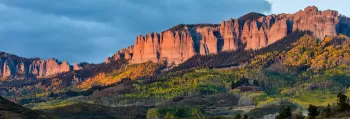
Climate and Altitude in Telluride & Mountain Village
Planning a trip to the Telluride/Mountain Village area? You might be wondering what changes you can expect when you surpass 9,545 feet. Altitude affects different people in different ways, and you can even have a different experience on different trips, but there are a few ways you can prepare yourself for the elevation gain. Here are some questions that we've had our guests ask through the years:
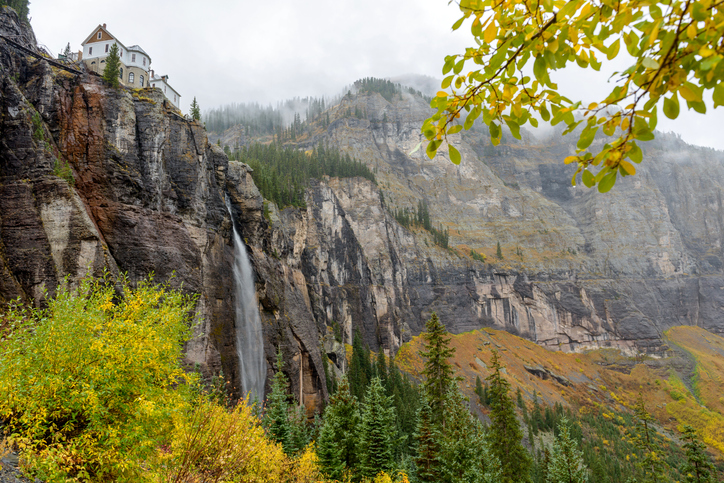
The elevation of Mountain Village is 2,926 meters or about 9,600 feet above sea level in the pedestrian core. Many homes sit above this elevation. One of the best ways to get ready for your trip to Mountain Village is to start drinking 2x as much water as you usually do beginning a few days before your departure. This will help your body remain hydrated once you reach elevation. And once you arrive, keep drinking a lot of water, then drink some more. Staying hydrated is truly the key to avoiding altitude sickness and acclimating to your new elevation.
Mountain Village experiences an arid climate all year long. This can lead to headaches and sinus issues for some people. Again, hydration and adding moisture to your environment can help minimize any ill effects. Your hotel or condo will likely have a humidifier or two for your use. Be sure to fill up this important piece of equipment right away. Placing a humidifier close to your bed can help you sleep better and prevent your sinuses from drying out. In addition to the altitude adjustment, many people also need some time to adjust to the arid climate.
Before heading out for a day on the slopes or trail, drink 6-12 ounces of water to give yourself a good starting point. As the day progresses, aim to drink about 32oz. every two hours. Adjust according to your level of exertion. Be sure to plan out and find a water source to ensure that you have enough water throughout the entire day.
Taking a day to rest when you first arrive is another great way to prepare for mountain life. If your visit is a short one, and you want to get out there right away, don't forget to take your water bottle and rest as needed. You might find that you need more sleep than usual and find your eyes drooping a lot earlier than usual. Listen to your body, and give it the rest and sleep that it needs. Most mountain folks are up early, active all day, and hit the hay pretty early too.
There's also less oxygen in the air when you're at 9,545+ feet. This means that headaches can come on a lot faster, be more intense, and last longer. Staying hydrated can help minimize the risk of headaches, so remember to keep drinking that water. For mild cases of altitude sickness, flat ginger ale can often do the trick. Of course, there's no need to avoid alcohol during your entire stay, just be aware of your body and its reactions. Usually, any mild symptoms should pass after a couple of full days at elevation, so relief is in sight.
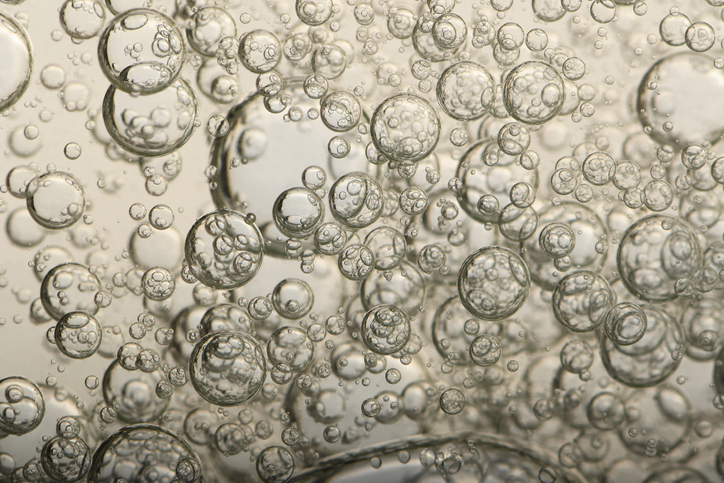
Everyone loves a party, especially up here in the mountains. But it's always a smart idea to take it easy your first couple of nights. Alcohol is dehydrating and over-imbibing can lead to altitude sickness and some nasty hangovers. If you wake up after a late night out and are feeling awful, book an oxygen bar appointment. This is also a good strategy even if you haven't overdone it but your body's taking some time to acclimate.
Oxygen bars are a godsend for many mountain visitors and the treatment can have a positive impact on how you're feeling and how much you enjoy your visit. Visiting skiers may want to totally abstain their first few nights in order to maximize their performance on the slopes. Skiing impaired is never a good idea and should be avoided.
Being almost two miles closer to the sun can make even the chilliest sunny days feel warm. You'll want to plan your winter days with enough layers that you have enough to keep you warm. Hiking, downhill skiing and riding, Nordic skiing, and snowshoeing are just a few of the activities where you'll want to have a few layers on.
As you warm up, you'll be able to peel off a sweater or shirt. It's entirely possible to become overheated when you're out recreating, even in the heart of winter. Be sure to pack a base layer that's made of wool or another non-cotton fabric. Cotton absorbs moisture and can leave you feeling chilled. The better your layers, the more comfortable you'll be.
Wool socks paired with waterproof boots are two other must-haves. The last thing any hiker wants to experience is cold feet. Be sure to pack multiple pairs so you'll have a new one each day or as your activity level requires. Soggy socks are less than ideal for multi-mile elevation-gaining hikes, to say the least.
The great thing about layers is that you can take them off and put them on as needed. Be sure your pack has everything you need before heading out for the day. It's better to have something you don't need than to need something you don't have.
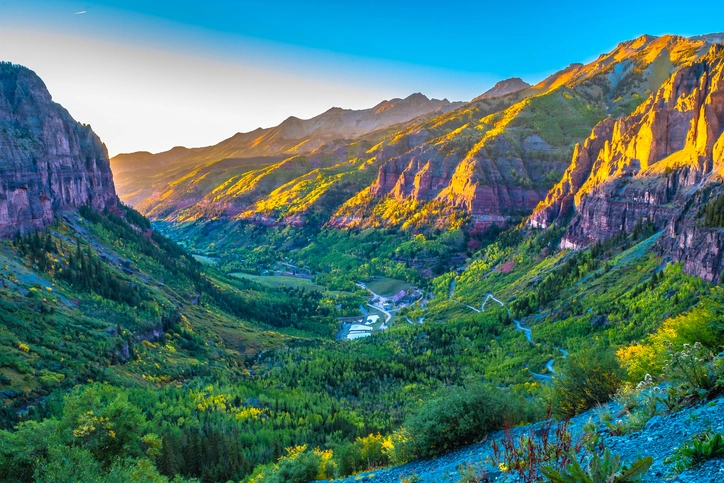
In summer months, the mornings can be a lot chillier than expected, and you'll soon learn the importance of the term sunnyside. Layering a light sweater under a windbreaker and over a polycotton blended t-shirt will help your hike be a lot more enjoyable as the day warms up. Remember, once the sun sets, the temperature drops rather quickly, so be sure to take a sweater or jacket with you when you head out in the evening.
Summers can get hot, especially on days when there's little to no cloud cover. You'll want to plan an early start for lengthy hikes or other outdoor activities. Fabrics that are lightweight and light in color can help to keep you cool. Sunscreen needs to be reapplied often, so put a bottle into your pack before heading out. Remember to stay hydrated and take as many on-trail breaks as you need. Zinc-based sunscreens are the best for any water sport, including fishing. Many first-time visitors are surprised by how hot the sun is during our long summer days.
Thin air and closer proximity to the sun mean that sunscreen is more important than ever for your trip to Mountain Village. Be sure to pack full-spectrum sunscreen that's mineral based. This is true all year long. Don't think that, because you're visiting during the autumn months you won't need your sunscreen. Don't forget to apply it liberally to your nose and cheekbones, even if you're wearing goggles and a buff. This essential item will also help you avoid the dreaded "goggle tan" and keep your skin protected. If you're fair-skinned, bring along an SPF sun shirt and long pants. A wide-brimmed hat or baseball cap is another necessity.
Lip balm is another item to have in your pocket or pack at all times. Those with SPF protection are the best to carry. Dry lips can become cracked and painful in our dry climate, and no one wants to have to deal with peeling lips on vacation. Invest in a multipack and keep some at your condo, in your backpack, in your ski pants pocket, and in your tackle box. The last thing you want is to find yourself out in the sun without lip protection.
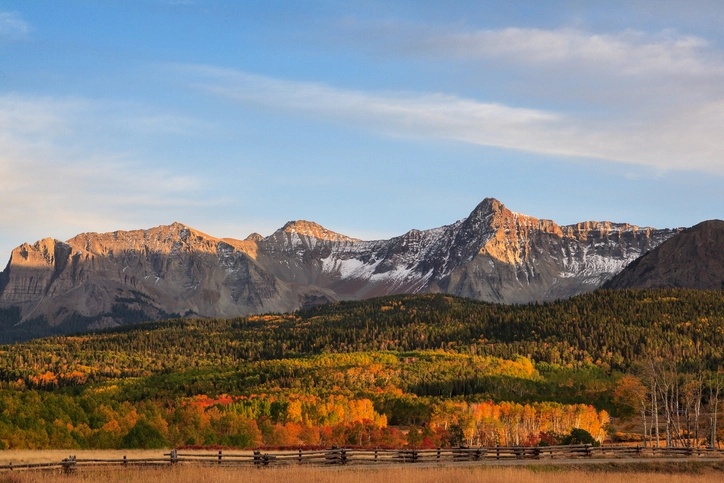
There's an old saying that there's no such thing as bad weather, just the wrong clothes. When you're prepared you can have an amazing time in the mountains, no matter the weather. Bring the right gear for your planned activities and you'll be all set. Fortunately, people in the mountains are nothing if not helpful, so don't be afraid to ask for guidance. Any outfitter or instructor or guide that you hire will be more than happy to share a list of necessary items before any outing.
Mountain Village is the perfect home base for your stay in Telluride. It's a fantastic place to visit in both summer and winter, especially when you're prepared. Check out some of our other blogs to learn more insider tips to help you prepare for a perfect mountain vacation.